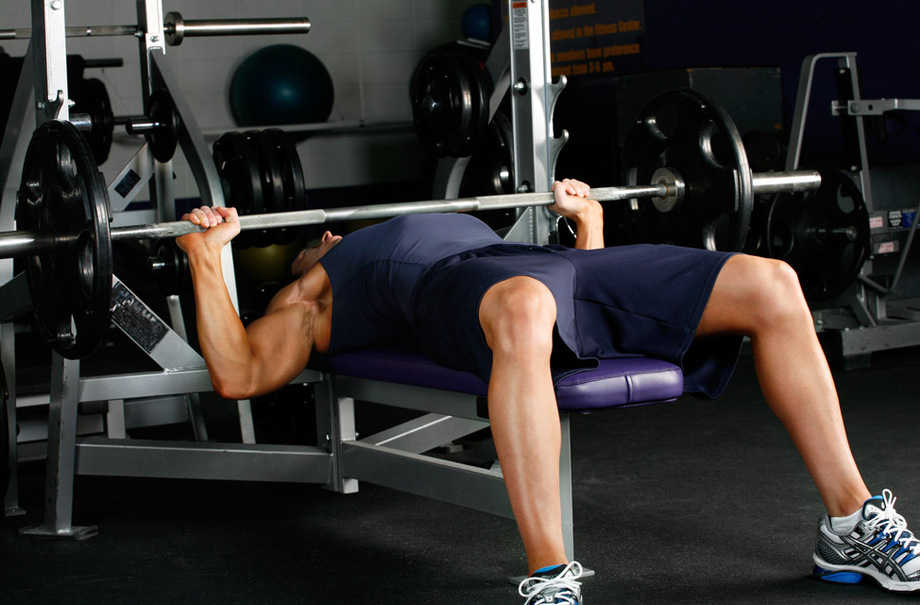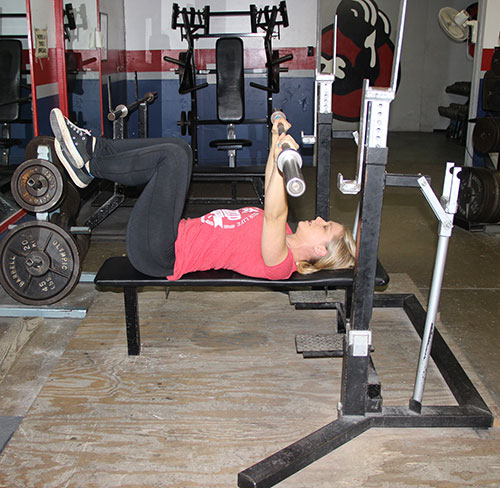Why bench press with feet up
This is an overview of different bench press variations and whether you should do them with your feet up or not. You will find links to other material supporting my personal experiences as a 150kg bencher. Let me know if you have any question in the comment.
Finding your feet?
You gave gotten your gym membership. You have set goals for the new year or the quarter depending on what you would like to improve on. Now you are thinking about how to actually achieve these goals. Two weeks into this journey you will find some people bench pressing differently than others. Some have their feet up in the air, others look like they are breaking their back whilst doing by building an arch and the rest plant their feet on the ground without building much of an arch. In very few occasions you will see someone bench pressing on the floor, I personally have only seen this in my rugby oriented gym that I am currently in and never in the commercial gyms I went to.
Still, what is the right way to bench press? There are so many variations and this can get rather confusing as you want to make the most of your time to go on with life after training. Which specific subform of the bench press is the most beneficial for your personal needs? Which is the healthiest/most dangerous? All questions you should be asking yourself if you take this journey seriously. Let us look at the different ways to bench press.
Bench press variations
Dumbbells or barbell is the first decision you want to make when doing the bench press. Generally speaking, dumbbells seem to yield better results for the purposes of bodybuilding because you can attack different parts of the triceps, pecs and delts easier with adjusting the range of motion. Dumbbells can be tilted or rotated during the bench press movement which leaves you with more variety for bodybuilding purposes. If your goal is to become strong and bench press the most weight possible the barbell will become the backbone if your training. The barbell provides a more stable frame to put weight on and you will move more load with it. The downside is that the range of motion is pretty limited and therefore you have lesser possibilities to vary your training.

The Flat bench press is a bench press where your back is on the bench, your feet planted on the ground and there is no tilt to the bench itself for an incline or decline. In my personal opinion, this is the best way for beginners to learn the bench press, given it is done in a power rack with a good setup. This is also the most likely version of the bench press you will get introduced to by your gym instructor. Important to note regarding the argument of whether to bench press with your feet up or not is that you will have a slight arch in the flat bench press. This is perfectly normal based on how your spine is built with its double S curve to support the weight of your head while standing upright.

The incline or decline bench press are variations of the flat bench press in which you manipulate the bench to either be more upright or go below parallel in relation to the barbell or dumbbell path. These are also variations of the bench press to attack the main muscle groups from different sites and general reports state that these variations seem to have most benefits for bodybuilding purposes.

The powerlifting bench press is a variation of the flat bench press in which you maximize your chances to move the most amount of weight. This is done by arching your back as much as you possibly can to minimize the distance the bar has to travel from the lockout position to your chest and maximize the involvement of the legs in the lift. This variation is highly debated as it can put too much stress on your discs and therefore cause damage to your spine.
The floor press is an option for the bench press in which you get rid of the bench and just lay flat on your back on the floor executing the lift. In recent years this option became quite popular amongst strength coaches and powerlifters to bring more variety to the routine and for its proclaimed benefits to balance and strength development.
Bench pressing with your feet up
Bench pressing with the feet up is a variation that is most applicable to the flat bench press and floor bench press. The stated benefits are that you put less stress on your spine in this position by building less of an arch while working your pecs better as they have to work harder without the support of an arch and the legs. In addition, there is also an argument being made that the balancing of the lift helps to build more core strength. Most of the sources I found recommend against bench pressing with the feet up.I am personally not a fan of blanket statements but generally, I would agree based on the risk/benefit ratio for this exercise and my own experience.
If you buy into the idea that you should not build an arch to protect your spine and get better chest development by taking the legs out of the equation for the lift you can achieve these means safer by putting your feet on the bench rather than up in the air. You will still get less flexion in the spine while having more stability throughout the lift. Especially for beginners, I would not recommend bench pressing with the feet up in the air as they are usually not even able to control the barbell/dumbbells for an even range of motion. Introducing even more instability into a lift that can possibly kill you when your skull gets crushed by a free falling weight is not the smartest idea. I personally would never combine dumbbell work and feet in the air.
When bench pressing with your feet up in the air work with high repetition ranges at low load to always be in control of what is happening. If you lose control the weight should be controllable for you so you don't want to work close to your one repetition maximum. This movement is also more suitable for experienced lifters who want to change things up a bit and challenge themselves. So due to the risks and minimal extra benefits only consider this option after one / two years of training and focus on perfecting the flat bench press first. How much you arch during the flat bench press is due to your personal goals. If you are all about power arch more. If you are mainly training for health/muscle gains get into a stable position on the bench without going crazy about the arch.
Further reading
- Bench press like powerlifter
- Bench press like a bodybuilder
- How to increase your bench press
- 6 common mistakes when you bench press for strength
- An easy guide to bench press like a powerlifter for any age
- Bench press or floor press
- Bench Press or Military Press
- Eliminate these mistakes with the bench press
- How accurate are bench press calculators
- How to bench press 300 pounds or 140kg
- How to bench press for Stronglifts
- How to bench press more weight quick
- How to do the bench press properly
- How to increase your bench press
- The reasons why you need to bench press
- What are bench press boards
- What does the bench press target
- When you should bench press with dumbbells
- Which bench press is best for chest
- Who can bench press 1000 pounds
- Why bench press with bands
- Why bench press with chains
- Why is the bench press so popular
- Why use a bench press shirt


